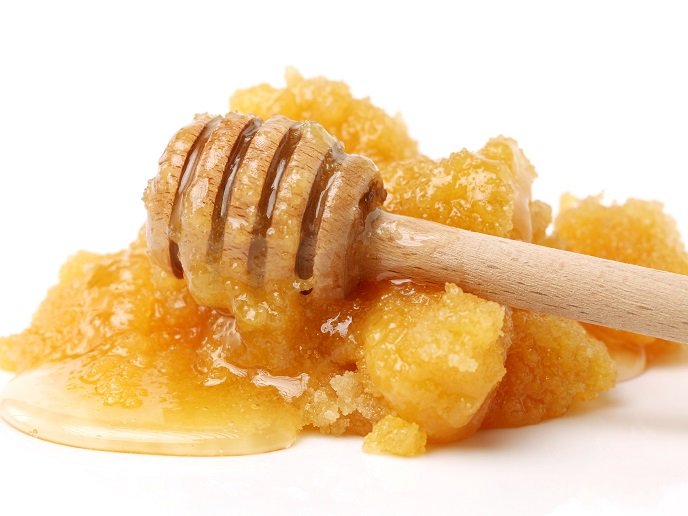Why did my honey crystallise?
You wake up and put on the coffee, throw two slices of bread into the toaster, and then disaster strikes: reaching into the cupboard, you find that your honey has transformed from a delicious syrup into a sticky gravel. What happened? The reason your honey crystallised is also the reason why it tastes so good in the first place: sugar. “Honey is a supersaturated solution, meaning it contains too much sugar relative to its water content,” explains Perales, COO and co-founder of Sonicat Systems, the makers of Honey.AI the first intelligent microscope to perform on-site automated honey quality analysis. According to Perales, honey crystallisation largely comes down to glucose and fructose, sugars common in our foods. “Glucose tends to precipitate out of a solution, causing the solution to change to a more stable, saturated state,” she says. The higher a food’s glucose content, the faster it tends to crystallise. Fructose, on the other hand, slows the crystallisation process.
Culprits of crystallisation
But glucose isn’t the only culprit of crystallisation. Pollen grains, air bubbles and even water can all cause your honey to harden faster, by providing ‘seeds’ – points on which crystals can start growing. For the EU-funded LIQUAM project, Perales used ultrasound to break apart tiny sugar crystals and thus slow the crystallisation of honey. Water will also dictate the final outcome of this process: honeys with lower water content will have a harder crystallisation texture, while those with more water will remain softer. According to Perales, the sweet spot is to have a water content of between 15 % and 18 %, as this allows the honey to crystallise optimally. Another important factor impacting crystallisation is temperature. For most honeys, high temperatures will slow the crystallisation process, while low temperatures will accelerate it – that is until you get below 10-14 °C, at which point, counterintuitively, the process will begin to slow once more. Crystallisation can also depend on the type of honey. Sunflower honey tends to crystallise very fast, while acacia honey almost never crystallises. “The key to remember is that crystallisation is a natural phenomenon – it is just something that occurs due to sugar precipitation and has nothing to do with quality,” concludes Perales. In other words – you’d best keep some jam on hand, just in case. You can read more about Perales’ work here: High-power ultrasound delays honey crystallisation



